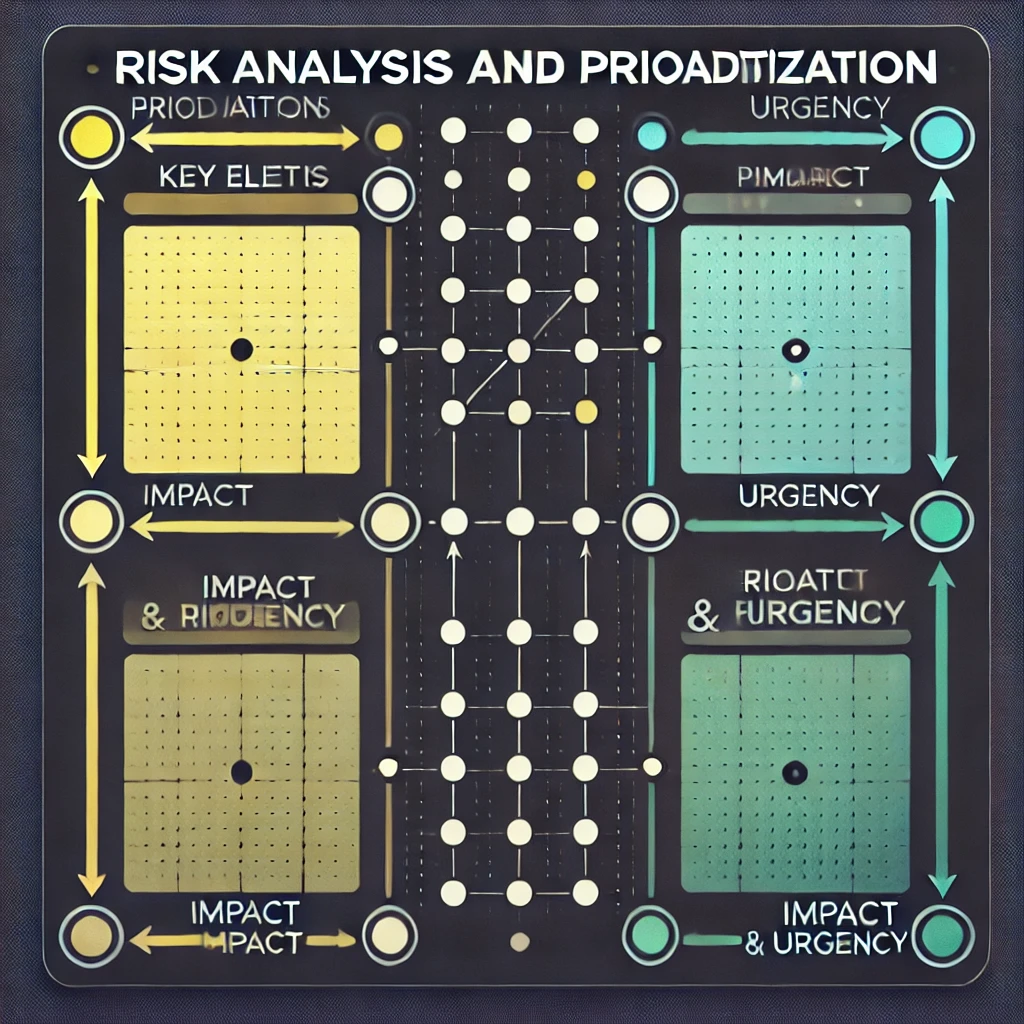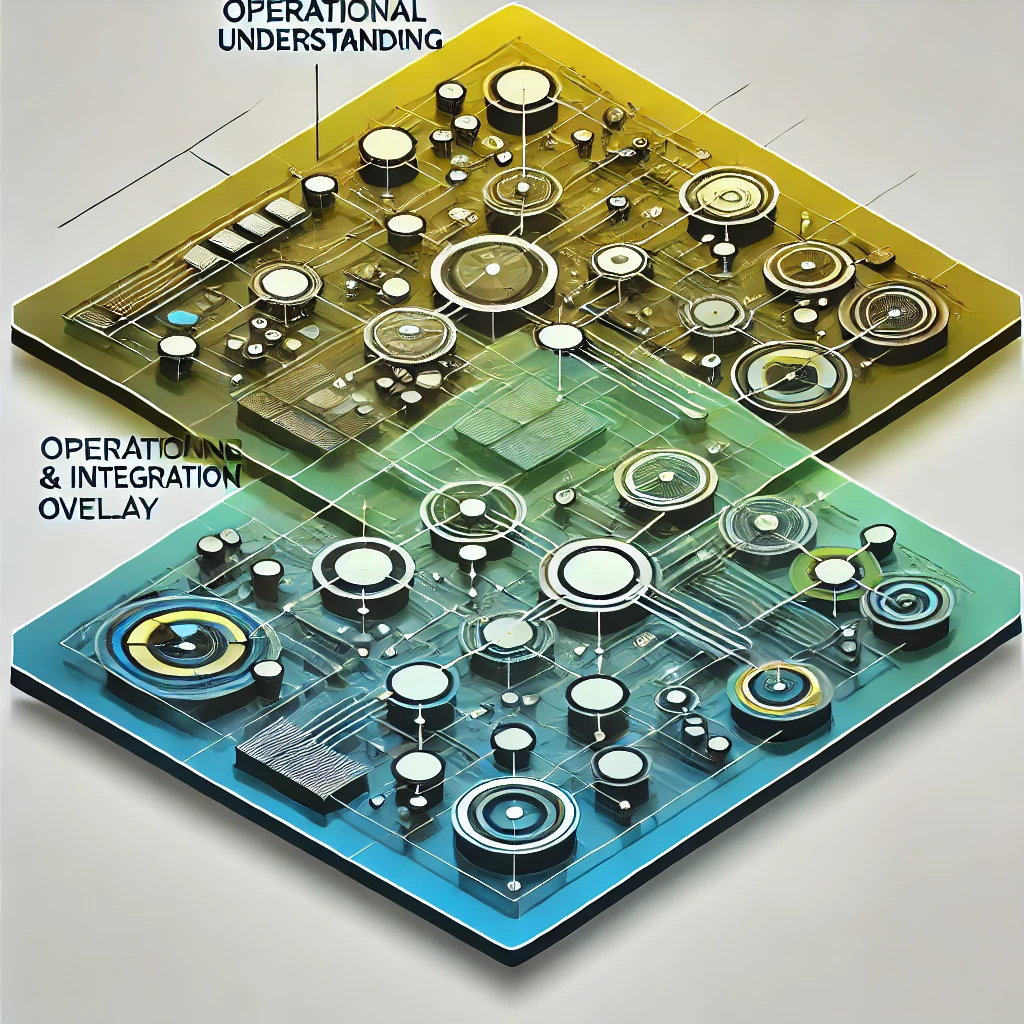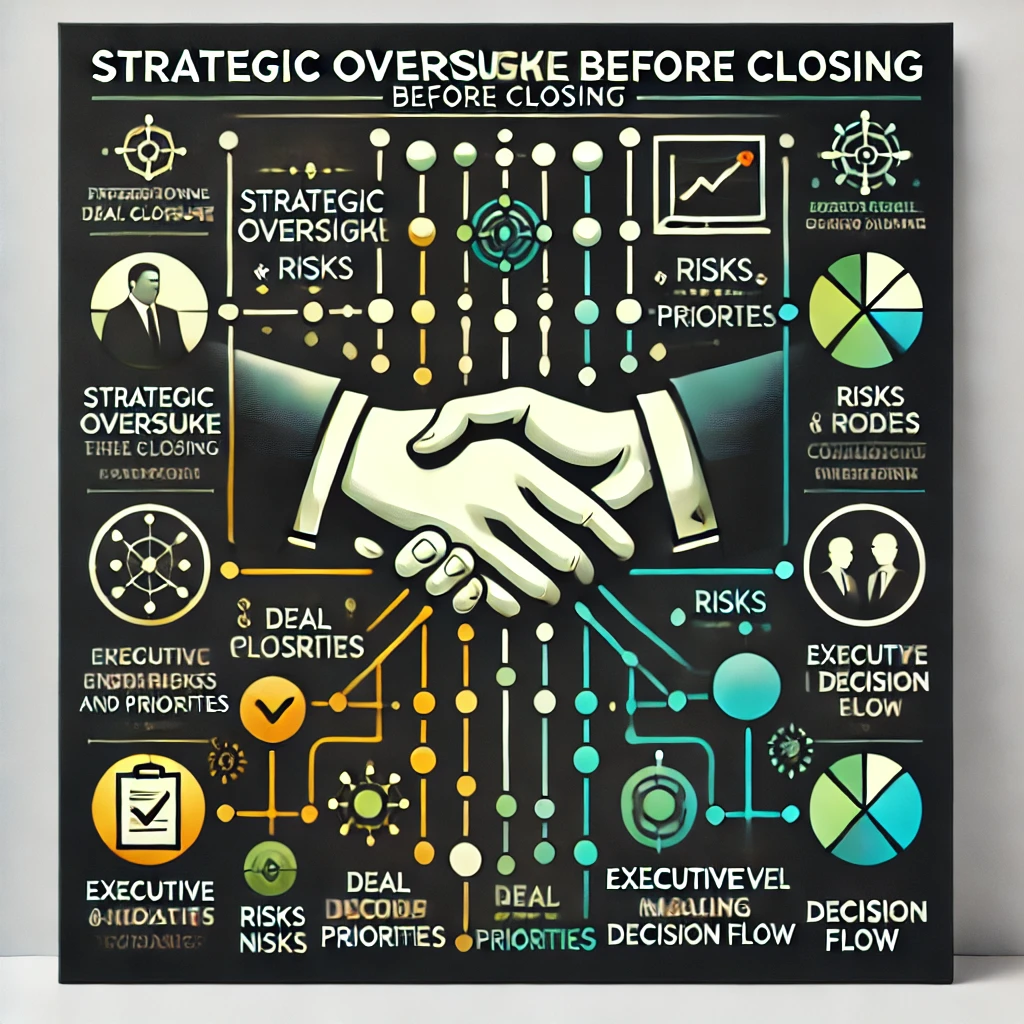Strategic M&A Success with Conformance
Navigating the complexities of M&A requires precision, discretion, and strategic insight. Conformance’s 4-step M&A journey is designed to empower buyers with the tools to identify risks, uncover opportunities, and maximize value—before, during, and after the deal. From discreet data collection to operational understanding and strategic oversight, our approach ensures informed decision-making and seamless integration planning, helping you achieve success in every transaction.
Step 1: Broad and Discreet Data Collection with Smart Survey
The M&A journey begins with Conformance’s Smart Survey, designed to collect critical data about the target company discreetly and comprehensively. Unlike traditional due diligence, which often relies on seller-provided information, the Smart Survey collects insights from broader sources under the guise of routine activities such as compliance reviews and board material preparation.
The Smart Survey gathers:
- Operational Data: Key information about processes, dependencies, and systems that drive the target company’s operations.
- IT and Software Insights: Details on major software components, infrastructure, and potential vulnerabilities.
- Compliance and Regulatory Information: Assessment of obligations under frameworks like GDPR, DORA, or sector-specific regulations.
- Financial and Risk Indicators: Early signals of operational inefficiencies or potential liabilities.
For instance, the Smart Survey might reveal dependencies on outdated IT systems or unaddressed compliance risks that the seller may not disclose, enabling buyers to make more informed decisions.
This stage ensures buyers have a robust dataset to work from, enabling informed decision-making and preparation for risk evaluation.


Step 2: Risk Analysis and Prioritization with Risk-Based Strategic Focus
With the data collected in Step 1, the Risk-Based Strategic Focus platform applies a risk dimension to uncover key vulnerabilities and prioritize findings. By analyzing the data through a strategic lens, the platform ensures buyers focus on what matters most.
Key outcomes include:
- Risk Categorization: Classifying risks into actionable domains such as operational, financial, regulatory, and IT-related challenges.
- Strategic Fit Assessment: Evaluating whether the target company’s strengths and risks align with the buyer’s strategic goals, such as market expansion or cost synergies.
- Critical Risk Identification: Highlighting areas that could significantly impact valuation or integration, such as outdated IT systems, regulatory non-compliance, or inefficient processes.
- Prioritized Action Plan: Recommending which risks need immediate attention and which can be addressed post-closing.
For example, if the Smart Survey identifies outdated IT infrastructure, the platform evaluates the cost and operational risks of upgrading those systems and integrates this into the overall decision-making framework.
This stage translates raw data into actionable insights, enabling buyers to address significant risks before signing and align the deal with their strategic priorities.
Step 3: Comprehensive Risk Analysis, Operational Understanding, and Integration Overlay with the Company Map
The Company Map builds on insights from the Smart Survey and Risk-Based Strategic Focus to deliver a comprehensive understanding of the target company’s operations.
Key contributions include:
- Risk Pinpointing and Deep Dives: Identifies high-level risks across operational, IT, and process domains. Where significant risks are flagged—such as outdated IT systems or critical skill gaps—the Company Map enables a deeper analysis to provide actionable recommendations.
- Operational Blueprint: Explains how the target company works by mapping its key processes, dependencies, IT systems, and essential personnel.
- Integration Overlay: Allows for an overlay of the seller’s and buyer’s processes to:
- Identify integration points for smoother transitions.
- Highlight redundancies that could lead to cost savings.
- Flag critical differences—such as cultural or structural misalignments—that may pose challenges but also present opportunities for growth.
- Strategic Action Plan: Delivers a clear roadmap to address identified risks, optimize integration, and align with the buyer’s strategic objectives.
For example, the Company Map might uncover redundancies in overlapping IT systems between the buyer and seller, allowing for streamlined integration planning and immediate cost savings. Alternatively, it may reveal core differences in processes, such as supply chain management, that could either enhance efficiency or require significant adjustments during integration.


Step 4: Strategic Oversight Before Closing with the Insight Platform
Before the deal is signed, the Insight Platform equips buyers with the tools to evaluate risks, assess key assets, and ensure deal readiness.
Key contributions include:
- Risk Consolidation: Aggregates findings from previous steps to highlight major risks that could impact valuation or integration.
- Asset and Process Identification: Pinpoints critical software components, key processes, and operational dependencies essential to the target company’s value.
- Negotiation Support: Provides clear dashboards and summaries for Boards and executives to strengthen the buyer’s position during final negotiations.
- Valuation Adjustments: Identifies risks or weaknesses that could justify price changes or additional terms.
For example, the platform might reveal that key operational processes rely on unsupported systems, enabling the buyer to negotiate a price adjustment or ensure seller support post-closing.
Outcome
With Conformance’s tools and methodologies, buyers gain a comprehensive understanding of the target company, backed by robust data collection, strategic risk evaluation, and actionable insights. This journey ensures:
- Comprehensive data collection from discreet sources.
- Prioritization of risks and opportunities based on strategic alignment.
- Clear identification of gaps and actionable plans for resolution.
- Negotiation leverage through data-driven insights.
- Seamless monitoring of critical elements during the transition.
This is how Conformance empowers buyers to navigate M&A with precision, discretion, and success.